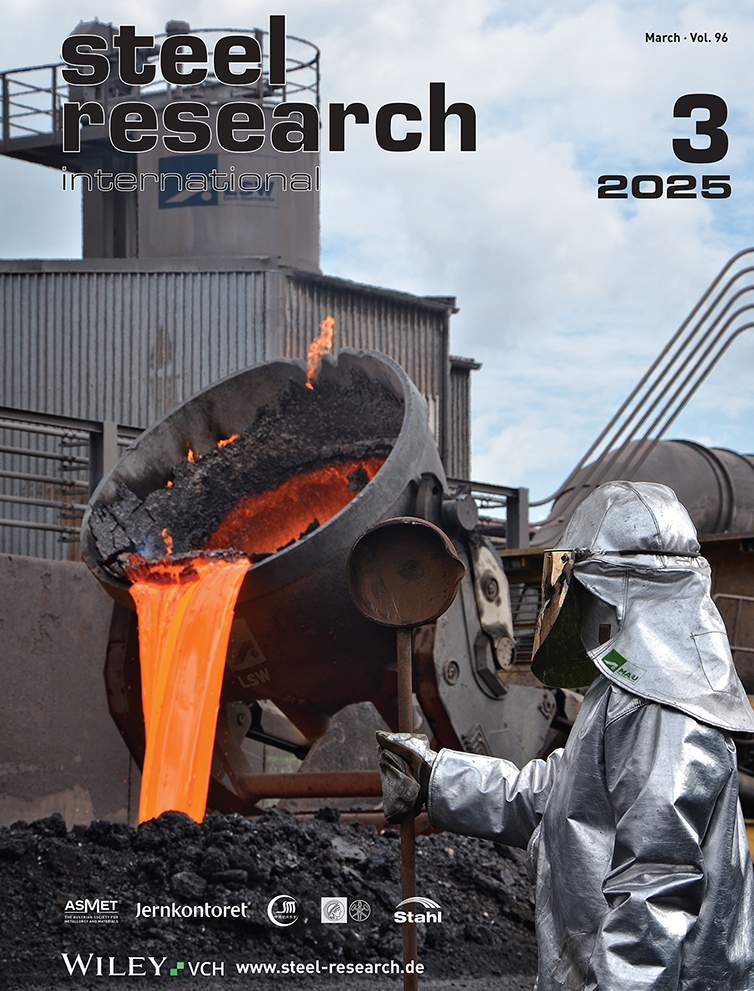Microstructural Evolution and Mechanical Properties of Reeled X65 Pipeline Steel during Cyclic Plastic Deformation and Natural Aging
Abstract
The reel laying is recognized as a cost-effective installation process for offshore pipelines. However, the mechanical properties are modified due to plastic deformation during the reel laying and lowering process of reeled pipelines and the subsequent natural aging in service. Cyclic plastic deformation (CPD) is conducted on X65 pipeline steel to simulate the strain experienced in the reel-laying and lowering process, and then, the CPD specimen is aged at 250 °C to simulate natural aging in service. The dislocation configurations gradually evolve from dislocation lines and tangles into dislocation walls and cells due to the increase in strain level. After CPD and aging, the tensile strength increases by about 25 MPa, which is not significantly affected by the last introduced load direction and strain level. At the end of compressive loading, the yield strength and yield ratio decrease, but the uniform elongation increases significantly. In contrast, at the end of tensile loading, the yield strength and yield ratio increase, but the uniform elongation decreases slightly. The yield strength further increases as the strain level increases from 2 to 3%. Therefore, CPD and aging modify the mechanical properties of X65, considerably depending on the last introduced load direction and strain level.
Conflict of Interest
The authors declare no conflict of interest.
Open Research
Data Availability Statement
The data that support the findings of this study are available from the corresponding author upon reasonable request.




